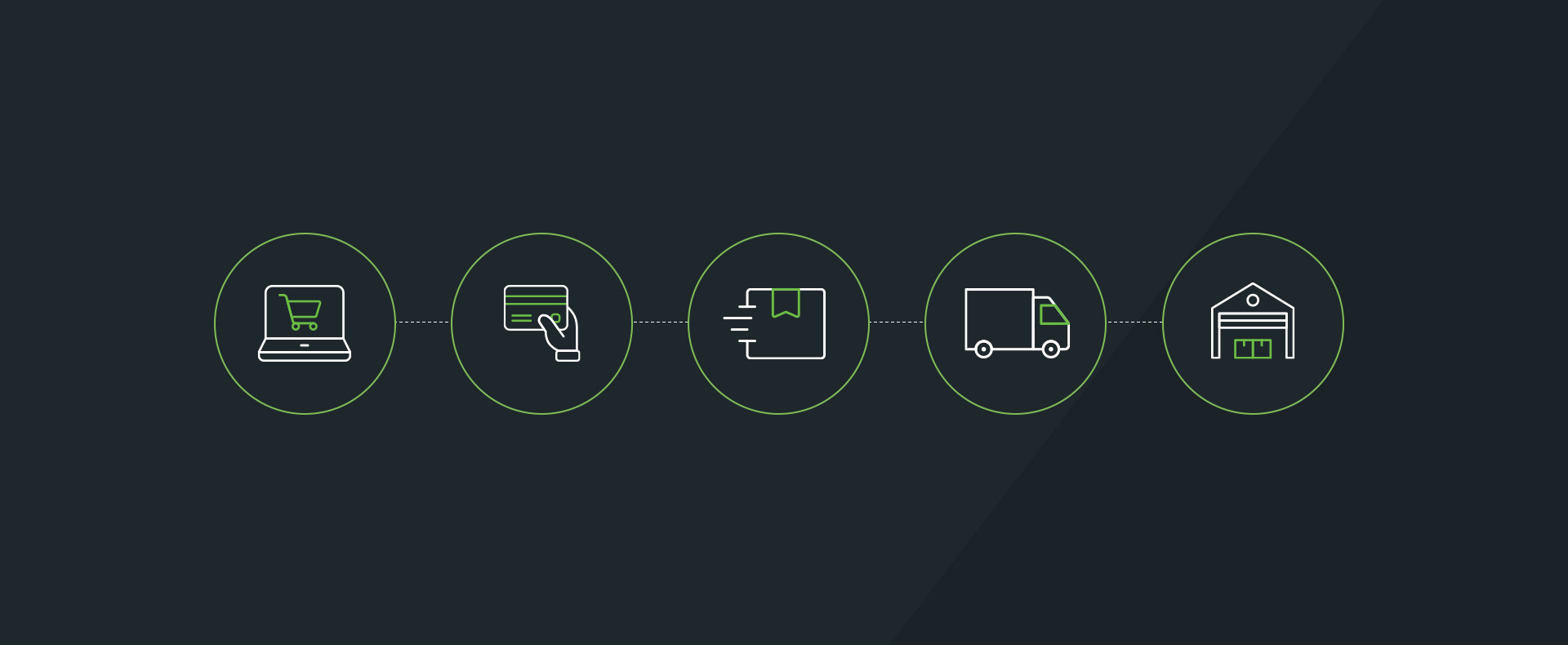Act on 2016 eCommerce Trends to Drive Online Sales
The eCommerce landscape is a constantly shifting target, with something new on the horizon seemingly every day.
To assure yourself a chunk of the lucrative online pie – a pie that Forrester predicts will top $327 billion in 2016 – you have to be able to anticipate and outthink your competition. That means meeting – and even exceeding – customer expectations.
Here are some actions etailers can take that build on significant eCommerce trends:
- Know your customers thoroughly. Why do they search the way they do? What drives their decision to buy? Why are they abandoning their shopping carts? This will be easier than ever to find out with real-time analytics. With real-time, actionable analytics, you can see what your customers are doing in real time. If they encounter a problem, you know it immediately and can offer assistance before they leave your site.
- Offer easy-to-use, friendly mobile shopping. According to Gartner, “By 2017, U.S. customers’ mobile engagement behavior will drive mobile commerce revenue in the U.S. to 50 percent of U.S. digital commerce revenue.” You have to be prepared, with a customer experience that makes users feel comfortable. Focus on your customers’ needs and wants. Customers appreciate details. They want specifications, videos, images and product guidelines. Be sure your site loads quickly on a smartphone or tablet. Consider using icons, rather than words, to direct mobile users to the information they want. And, of course, make checkout as easy as possible. Further, incorporate live mobile chat on your website. When American Eagle implemented mobile chat earlier this year, it discovered that more than half of the chats were related to sales. And users were asking for sales advice, such as “Do these two things go together?” and “What’s the fit like?” Live mobile chat can increase your conversion rate.
- Provide multi-channel shopping. Your customers might browse your brand on a desktop at the office, check their smartphone on the way home and switch to a laptop or a tablet in the evening. What’s more, a study by IDC Retail Insights concludes that multi-channel shoppers shop more frequently and spend 3.5 times as much as single-channel shoppers. Your task: Design an online shopping experience that accommodates this customer behavior.
- Establish an online loyalty program to encourage repeat customers. This is especially important in online retail because competition is so fierce. Then combine your loyalty program with your email marketing and your social media. That way you can share exclusive offers and establish a feeling of community with your customers.
- Be proactive. Don’t wait for shoppers to contact you – actively engage consumers. Take advantage of marketing automation to create customized landing pages, discounts and promotions, and automatic display of recommendations for related products customers can purchase.
- Offer Flash sales. These can last from a few hours to a few days. Sometimes they last only 60 minutes. A well-run flash sale can boost your brand, launch a new product, attract new customers and build customer loyalty.
- Don’t forget the millennials. Born between 1978 and 1995, millennials are dependent on their smartphones and always connected on social media. That means you have a conduit to your customers nearly 24 hours a day. But you can’t appeal to millennials using traditional marketing and advertising campaigns. Millennials trust peers and influencers when they make buying decisions, rather than brands or celebrities. They are looking for a personalized shopping experience, and they are looking for socially conscious retailers. The new buzzword is “guided selling,” or tools to help shoppers find the product that best fits their needs. Typically, shoppers answer a few questions to identify key features needed and ways in which the product will be used. The idea is to make it easy for shoppers to pick the most suitable product.
Clearly, to claim your share of the eCommerce pie in 2016, you must stay abreast of trends and incorporate them into your marketing plans. Use analytics to get to know your customers, especially the millennials; engage them, and personalize the shopping experience as much as possible. Your focus should always be on what the customer needs and wants, from live chat on mobile devices to multi-channel shopping and social engagement.





